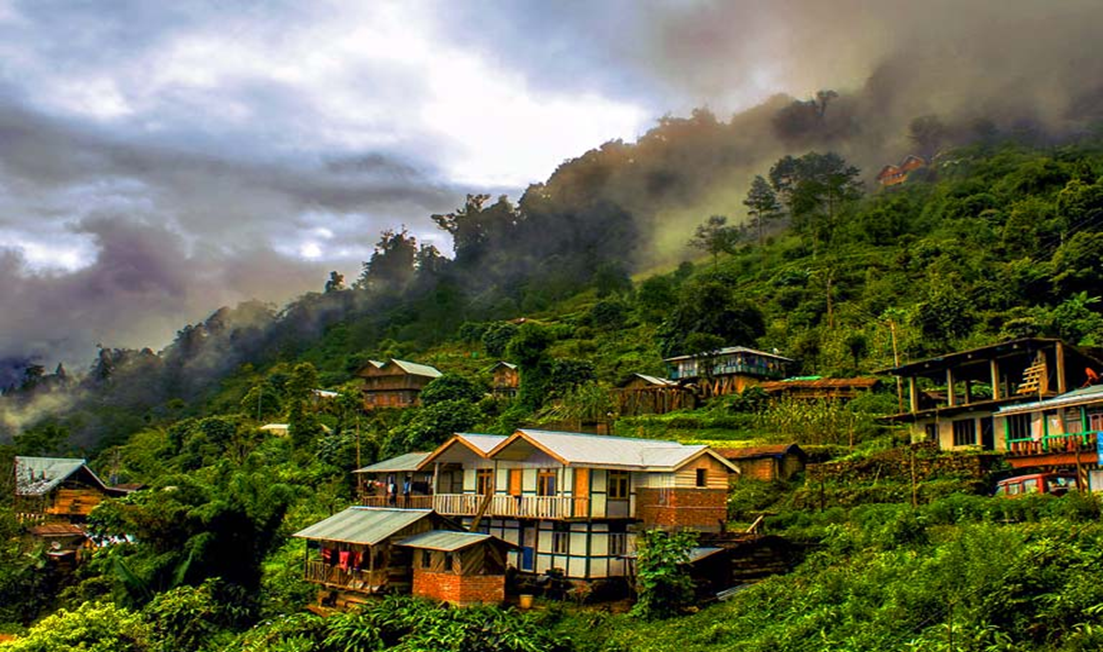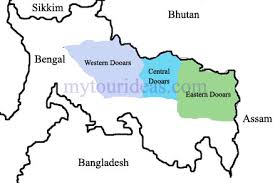- Courses
- GS Full Course 1 Year
- GS Full Course 2 Year
- GS Full Course 3 Year
- GS Full Course Till Selection
- MEP (Mains Enrichment Programme) Data, Facts
- Essay Target – 150+ Marks
- Online Program
- GS Recorded Course
- NCERT- First Ladder
- Polity
- Geography
- Economy
- Ancient, Medieval and Art & Culture AMAC
- Modern India, Post Independence & World History
- Environment
- Governance
- Science & Technology
- International Relations and Internal Security
- Disaster Management
- Ethics
- Current Affairs
- Indian Society and Social Issue
- CSAT
- 5 LAYERED ARJUNA Mentorship
- Public Administration Optional
- ABOUT US
- OUR TOPPERS
- TEST SERIES
- FREE STUDY MATERIAL
- VIDEOS
- CONTACT US
Introduction to the Dooars Region
Introduction to the Dooars Region
01-05-2024

1. Historical Significance:

- The Dooars region in northeastern India holds historical significance, marking 150 years of tea production in 2024.
- The 1st tea plantations were established in the Dooars in 1874, a few decades after Darjeeling.
- The name translates to "doors" in several local languages, a reference to the region's historical role as a gateway to Bhutan.
2. Geographical Features:
- The Dooars include the outer foothills of the Himalayas and the alluvial flood plains south of the Brahmaputra plain.
- This region extends for about 350 km from the Teesta River in West Bengal to the Dhansiri River in Assam, with a width of about 30 km.
- The Dooars region serves as the gateway to Bhutan, Sikkim and eastern Nepal, with 18 passes or gateways that connect the hills of Bhutan with the plains of India.
3. Division of the Dooars:
- The Sankosh River divides the Dooars region into Eastern and Western Dooars, covering an area of approximately 880 square kilometers.
- The Western Dooars is also known as the Bengal Dooars, while the Eastern Dooars is referred to as the Assam Dooars.
4. Significance of the Dooars Region:
- The Dooars region has deep, well-drained and fertile soil rich in humus, making it suitable for tea plantations.
- The tea industry is the primary industry in the Dooars region, providing employment to thousands of people in tea estates and factories.
- Biodiversity Hotspot: The Dooars is a part of the Terai-Duar savanna and grasslands eco-region, home to a remarkable range of flora and fauna, including endangered species like the one-horned rhinoceros, Bengal tiger, and Asian elephant.
- National Parks and Wildlife Sanctuaries: Explore the rich biodiversity at parks like Jaldapara National Park, Gorumara National Park, Buxa Tiger Reserve, and Manas National Park (in Assam).
5. Alluvial Soils:
- Alluvial soils are prevalent in the northern plains and river valleys of India.
- These soils vary in texture from sandy loam to clay and are generally rich in potash but deficient in phosphorus.
Must Check: Best IAS Coaching In Delhi



